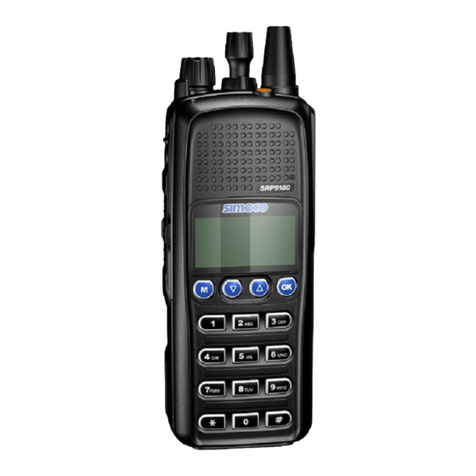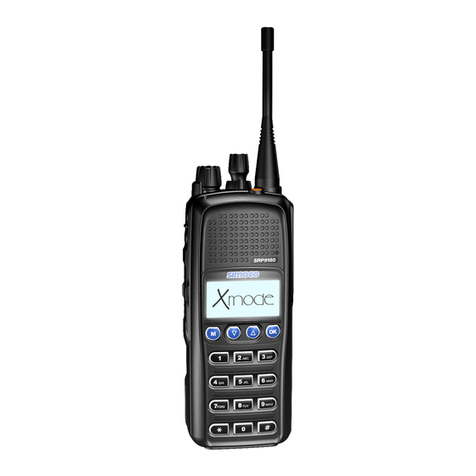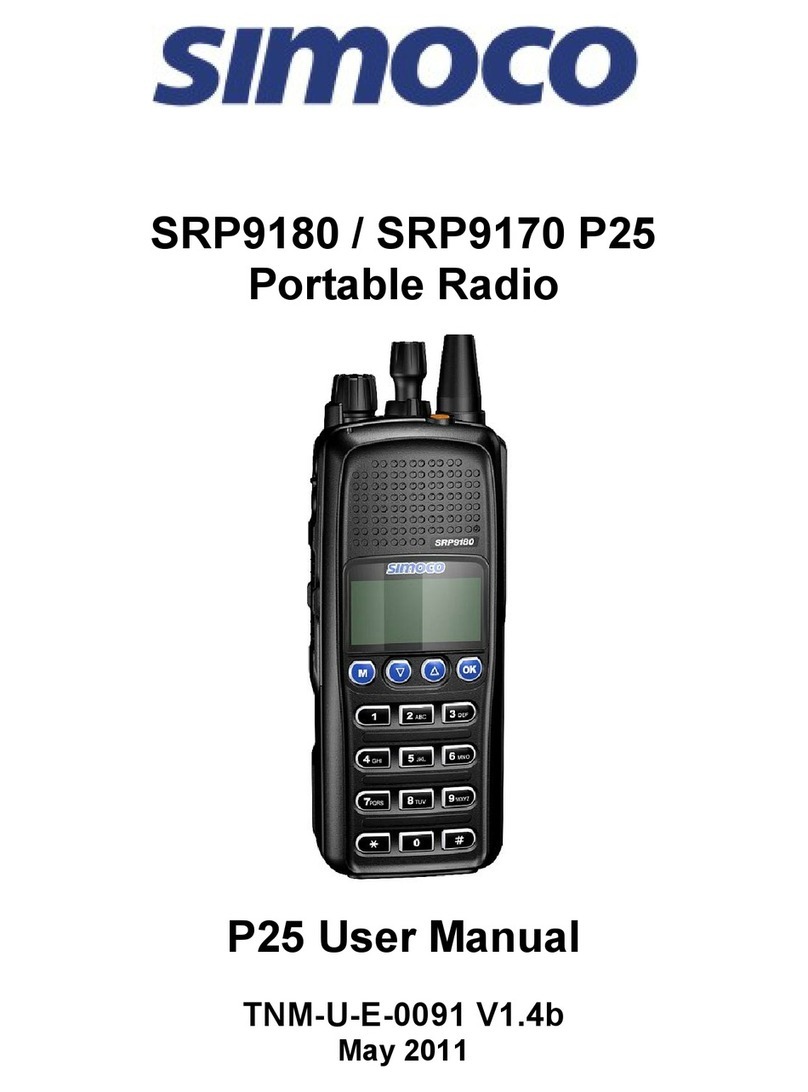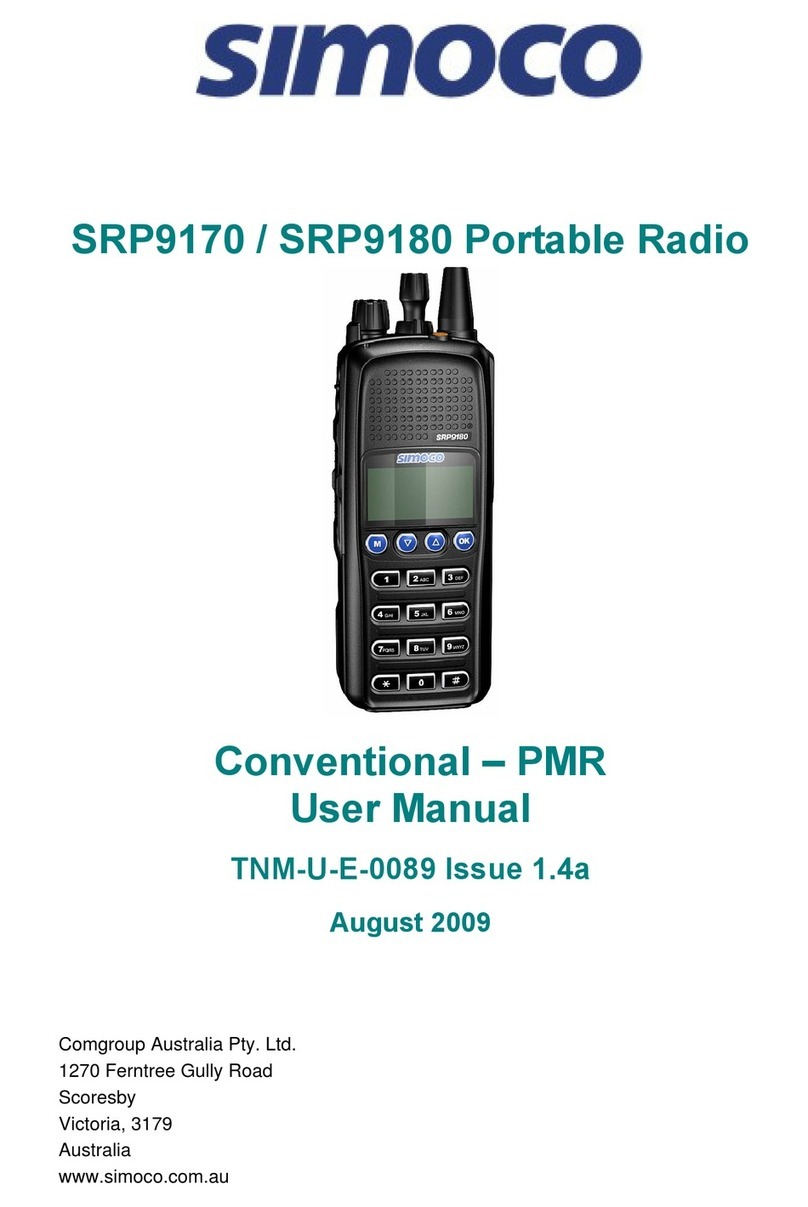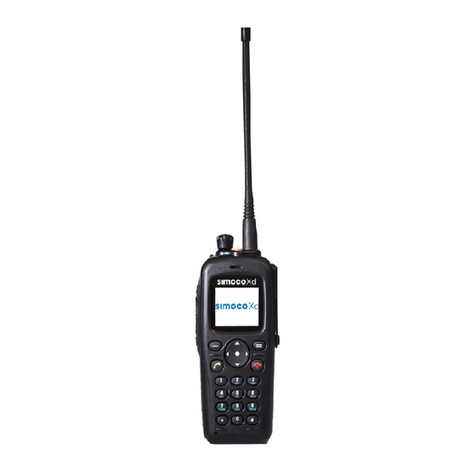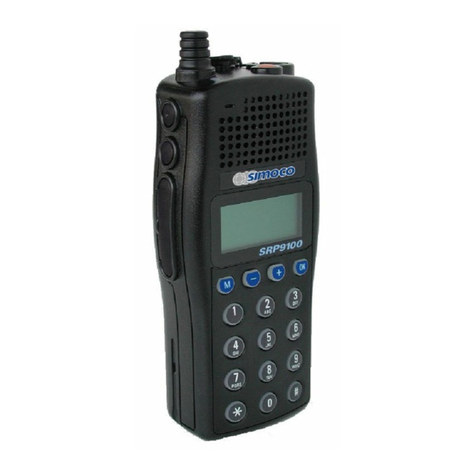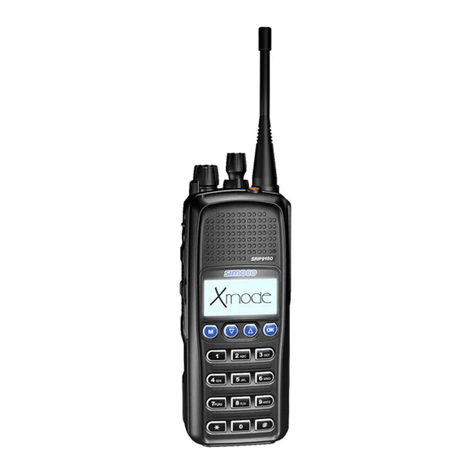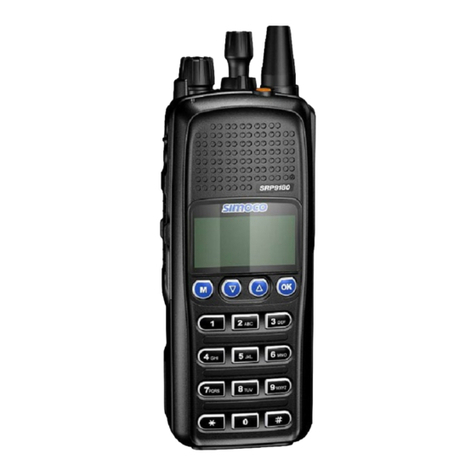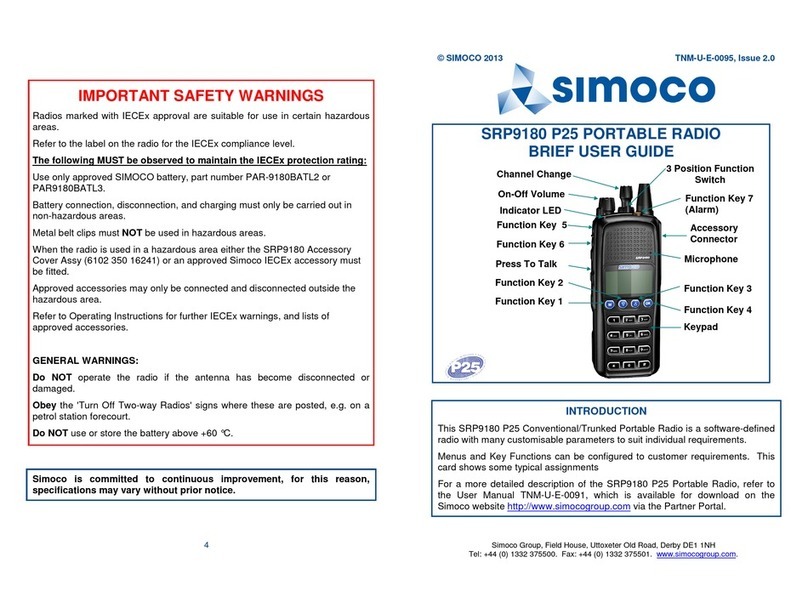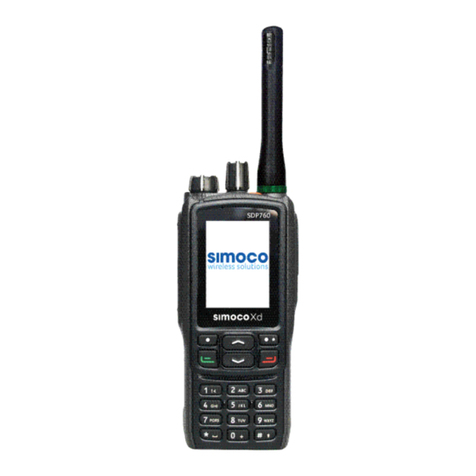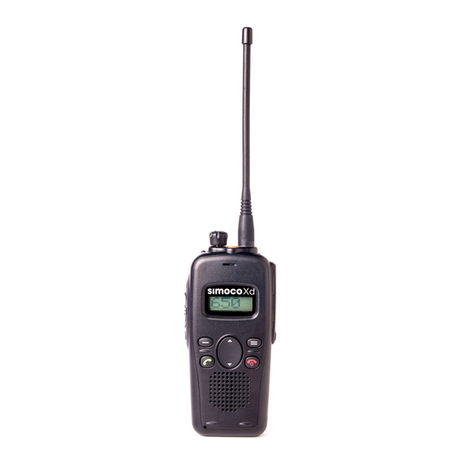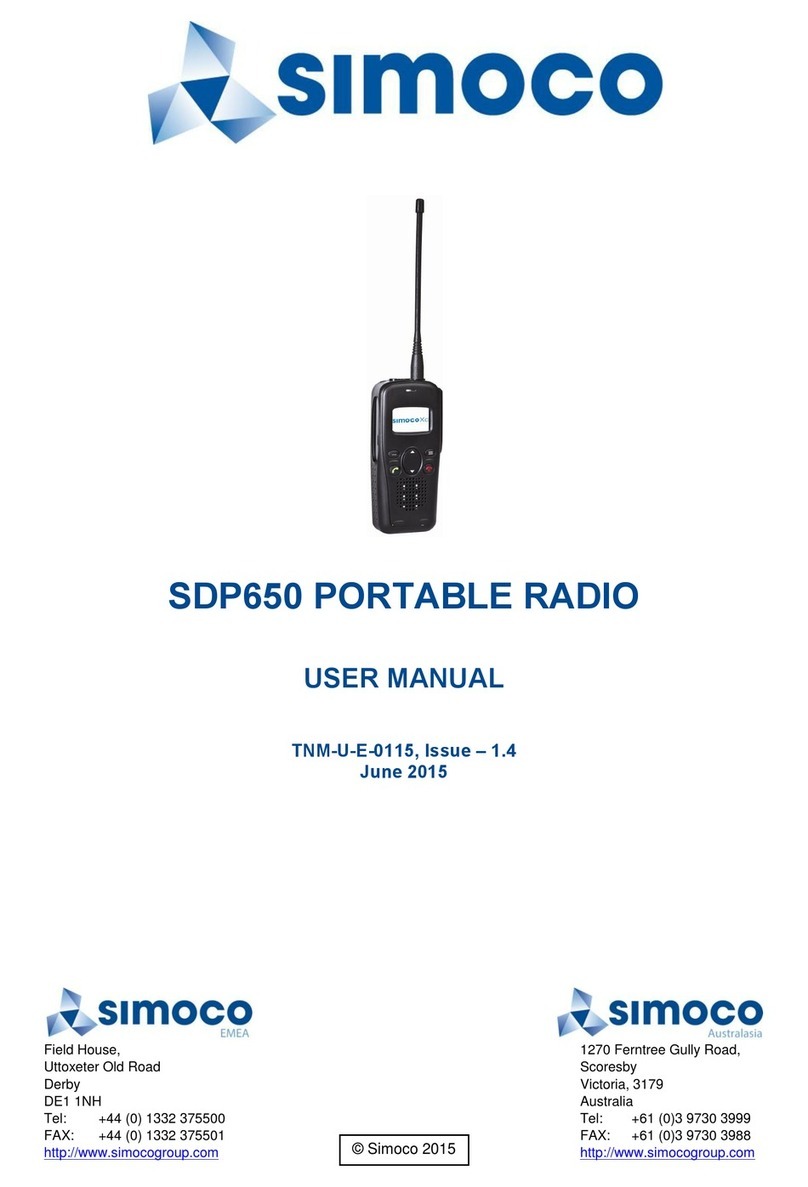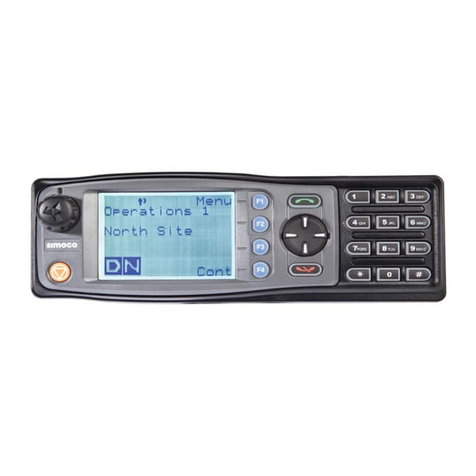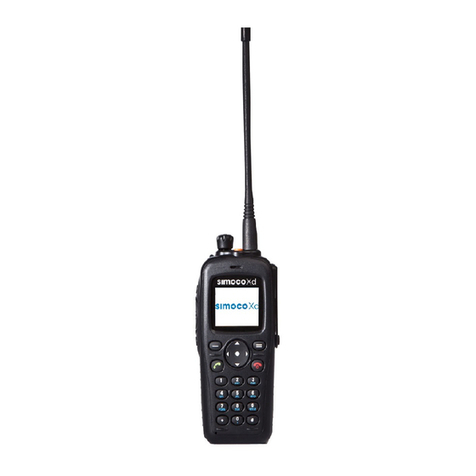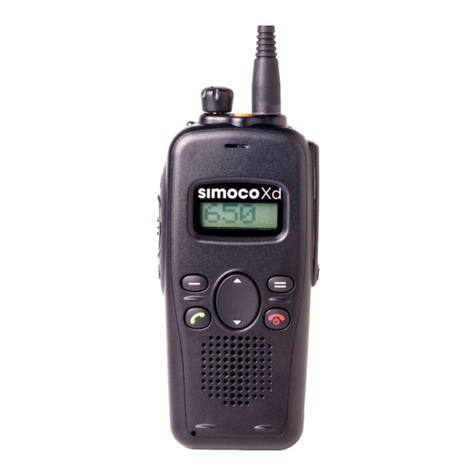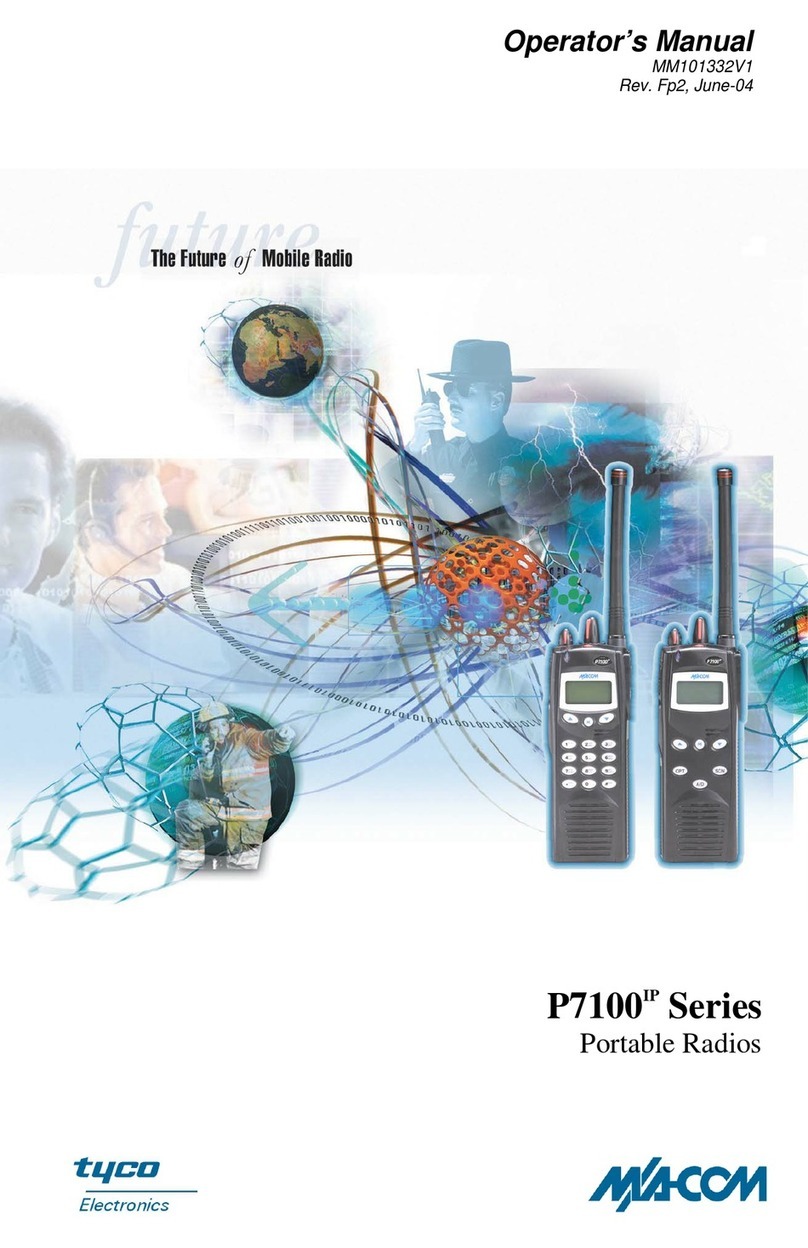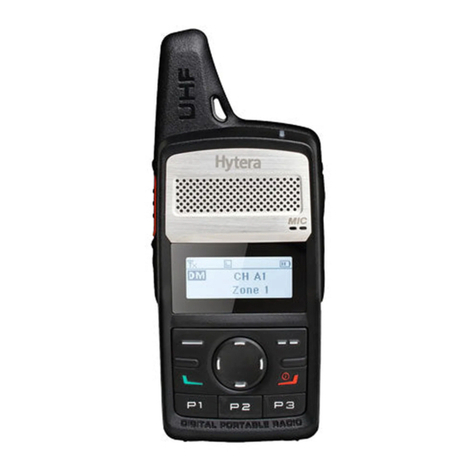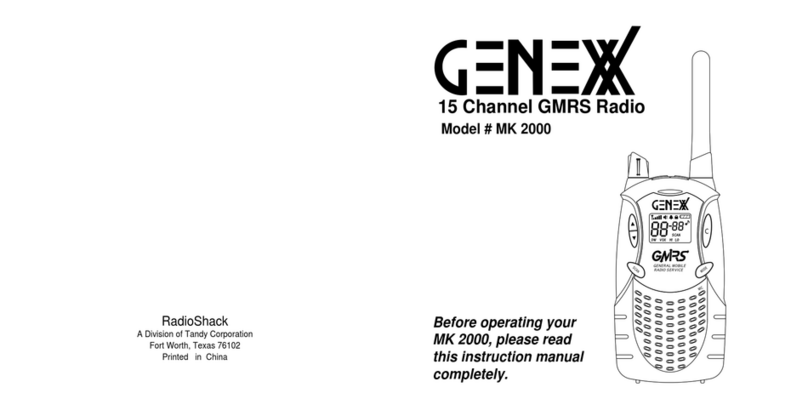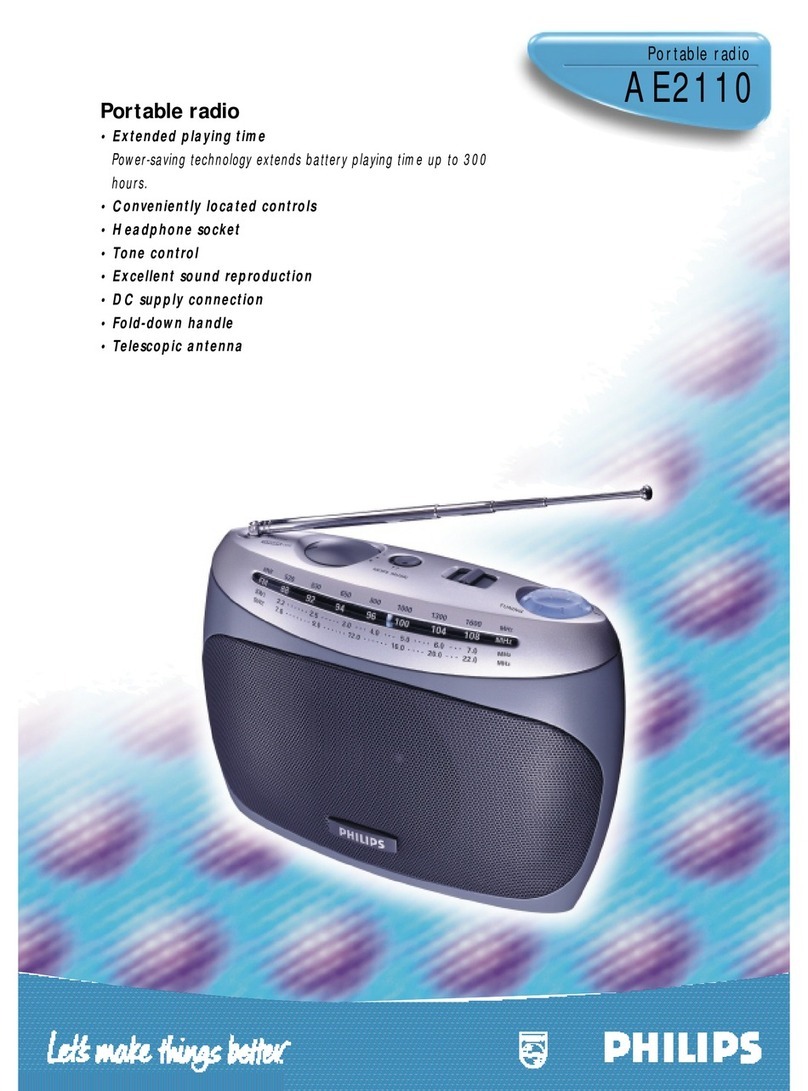
FCC Statement
This equipment has been tested and found to comply with the
limits for a Class B digital device, pursuant to part 15 of FCC
Rules. These limits are designed to provide reasonable
protection against harmful interference in a residential
installation. This equipment generates and can radiate radio
frequency energy. If not installed and used in accordance with
the instructions, it may cause harmful interference to radio
communications. However, there is no guarantee that
interference will not occur in a particular installation.
Verification of harmful interference by this equipment to
radio or television reception can be determined by turning it
off and then on. The user is encouraged to try to correct the
interference by one or more of the following measures:
zReorient or relocate the receiving antenna. Increase the
separation between the equipment and receiver.
zConnect the equipment into an outlet on a different
circuit to that of the receiver's outlet.
zConsult the dealer or an experienced radio/TV technician
for help.
Operation is subject to the following two conditions:
zThis device may not cause harmful interference.
zThis device must accept any interference received,
including interference that may cause undesired
operation.
Note: Changes or modifications to this unit not expressly
approved by the party responsible for compliance could void
the user's authority to operate the equipment.
RF Exposure Compliance and
Control Guidelines and Operating
Instructions
To control your exposure and ensure compliance with the
occupational/controlled environmental exposure limits,
always adhere to the following procedures.
Guidelines:
Do not remove the RF Exposure Label from the device.
User awareness instructions should accompany device
when transferred to other users.
Do not use this device if the operational requirements
described herein are not met.
Operating Instructions:
Transmit no more than therated duty factor of50% of the
time. To transmit (talk), push the Push-To-Talk (PTT)
key. To receive calls, release the PTT key. Transmitting
50% of the time, or less, is important because the radio
generates measurable RF energy only when transmitting
(in terms of measuring for standards compliance).
Keep the radio unit at least 2.5 cm away from the face.
Keeping the radio at the proper distance is important as
RF exposure decreases with distance from the antenna.
The antenna should be kept away fromthe face and eyes.
When worn on the body, always place the radio in a
approved holder, holster, case, or body harness or by use
of the correct clip for this product. Use of
non-approved accessories may result in exposure levels
which exceed the FCC's occupational/controlled
environmental RF exposure limits.
Use of non-approved antennas, batteries, and accessories
causes the radio to exceed the FCC RF exposure
guidelines.
Contact your local dealer for the optional accessories of
the product.
L'exposition aux champs rf de
conformité et de contrôle
d'orientations et instructions
Pour contrôler l'exposition et s'assurer de la
conformité avec les limites d'exposition
professionnelle / environnement contrôlé, toujours
respecter les procédures suivantes.
Lignes directrices:
Ne pas enlever l'étiquette de l'appareil d'exposition
aux radiofréquences.
Sensibilisation des utilisateurs instructions devraient
accompagner dispositif lorsque transférés à d'autres
utilisateurs.
Ne pas utiliser cet appareil si les exigences
opérationnelles décrites ci - après ne sont pas
remplies.
Les instructions de fonctionnement:
Transmettre non plus que le facteur d'utilisation
nominal de 50% du temps.à transmettre (parler),
pousse le pousse à parler (ptt). Pour recevoir des
appels, les ptt.50% du temps de transmission, ou
moins, est important parce que la radio génère de
l'énergie rf seulement lors de la transmission des (en
termes de mesure de la conformité aux normes).
Ie groupe de la radio continue d'au moins 2,5 cm de la
surface.garde la radio à la bonne distance est
important, car l'exposition aux champs rf diminue
Après examen de ce matériel aux conformité aux limites DAS,
ISEDC Statement
The device has been tested and complies with SAR limits,
users can obtain Canadian information on RF exposure and
compliance
et/ou aux limites d’intensité de champ RF, les utilisateurs
peuvent sur l’exposition aux radiofréquences et la conformité
and compliance d’acquérir les informations correspondantes
avec la distance de l'antenne.l'antenne doit se tenir
loin du visage et des yeux.
Quand portés sur le corps, toujours place de
la radio dans un étui, approuvé titulaire, ou un
harnais ou par l'utilisation de lavidéo pour ce
produit.utilisation des accessoires non approuvés
peuvent entraîner des fac qui dépassent les niveaux
d'exposition professionnelle etenvironnementale
contrôlée des limites d'exposition aux rf.
Non approuvé des antennes, les piles et les
accessoires causes la radio à dépasser les lignes
directrices sur l'exposition aux radiofréquences de fac.
Communiquez avec votre distributeur local pour
les accessoires facultatifs du produit.
SAR tests are conducted using standard operating positions accepted by the FCC/ISEDC
with the device transmitting at its highest certified power level in all tested frequency
bands, although the SAR is determined at the highest certified power level, the actual
SAR level of the device while operating can be well below the maximum value.
Before a new model device is a available for sale to the public, it must be tested and
certified to the FCC/ISEDC that it does not exceed the exposure limit established by the
FCC/ISEDC, Tests for each device are performed in positions and locations (worn on
the body)as required by the FCC/ISEDC.
For face-up, 25mm was used for test, this equipment should be installed and
operated with minimum distance 25mm.
For body worn operation, this device has been tested and meets the FCCISEDC/
RF exposure guidelines when used with an accessory designated for this product
or when used with an accessory that Contains no metal.
Non-compliance with the above restrictions may result in violation of RF exposure
guidelines.
Les tests SAR sont effectués en utilisant des positions de fonctionnement standard
acceptées par la FCC/ISEDC avec l'appareil transmettant à son niveau de puissance
certifié le plus élevé dans toutes les bandes de fréquences testées, bien que le
SAR soit déterminé au niveau de puissance certifié le plus élevé, le niveau SAR réel
de l'appareil tout en fonctionnement peut être bien en de?à de la valeur maximale.
Avant qu'un nouveau modèle d'appareil soit disponible à la vente au public, il doit
être testé et certifié par la FCC/ISEDC qu'il ne dépasse pas la limite d'exposition établie
par la FCC/ISEDC. Des tests pour chaque appareil sont effectués dans des
positions et des emplacements (porté sur le corps) comme requis par la FCC/ISEDC.
Pour face vers le haut, 25 mm a été utilisé pour le test, cet équipement doit être
installé et utilisé avec une distance minimale de 25 mm.
Pour un fonctionnement porté sur le corps, cet appareil a été testé et répond
aux directives d'exposition RF FCC/ISEDC lorsqu'il est utilisé avec un accessoire
con?u pour ce produit ou lorsqu'il est utilisé avec un accessoire qui ne contient
pas de métal.
Le non-respect des restrictions ci-dessus peut entra?ner une violation des directives
d'exposition aux RF.
